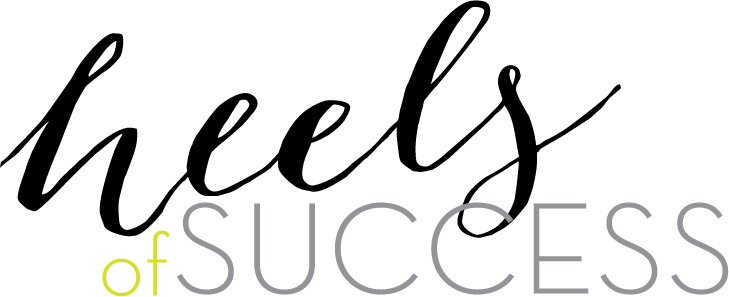
With the growth of social media platforms such as LinkedIn and endless other networking groups, we’ve seen a significant increase in our personal and professional networks. Just think about your connections. Now, think about how many of those people you actually know. How many of them could you help you advance your career or make a meaningful business connections? How many of them could you truly ask for a favor or an introduction? Probably not many. I think it’s important to learn how to develop more “surface-level relationships” into more meaningful relationships that can help us meet our personal and professional goals.
Most women are now familiar with the idea of mentor-ship, and the importance it can play in career development. Another term that’s garnered a lot of attention in recent years is sponsorship. Sponsors focus less on mentoring and more on advocating professionally for their protegees. Both of these relationships are dedicated two-way partnerships that often take time and a natural connection in order to flourish. However, there is a third category when it comes to career development that doesn’t get quite as much attention — I call them “helping relationships.” In contrast to mentor-ships and sponsorship’s, these helping relationships do not require the same level of investment or depth. However, they must still be genuine and reciprocal. Below are a few tips to make the most of your networks, and develop some of these helping relationships.
1. Decide on your goals.
It’s impossible to make the most of your network if you don’t know what you are trying to achieve. Think about your more immediate career goals or an even loftier goal that may or may not happen, something you might just like to learn about. For example, I am fascinated by the idea of serving our country as a U.S. ambassador, and I have even considered it as a second career. Whether or not this will actually happen in my future, I have put my aspiration out there while I’m networking. I recently scheduled a meeting with a high-profile politician, whose wife is an ambassador. I intend to ask him about his wife’s career, gain any insights I can, and share my interest with him. I can’t expect anyone to assist me in reaching goals if they don’t know I have them! In fact, that practice led me to a corporate board position- I expressed my interest to another woman, and when she knew of an open seat, she thought of me. Make a list of your goals and share them with others!
2. Dig into your LinkedIn network.
The great thing about LinkedIn is that you can stay connected to nearly anyone you meet and you can see their connections. Look back over your goals and connect with others that might help you to reach them. Use LinkedIn to search keywords or people. Do this regularly to continuously find opportunities to build your network. But don’t forget to take these offline – ask people to get coffee, lunch or happy hour. As helpful as our online networks can be, the personal connection still matters.
3. Practice your asks.
I recommend practicing out loud any time you’re going to have an important conversation or speak publicly. Planning ahead helps you to stay focused on your goals. I have spoken to a number of people who fear they are being too forward so they stick to chit-chat and avoid making a request. Keep your ask short, simple and clear, and identify exactly what you’re hoping that person may be able to do for you (i.e. make an introduction, recommend you for a position, keep you in mind for a project you know they’re leading).
4. Always follow-up and reciprocate.
It’s so important to remember that any relationship, even if it’s only on LinkedIn, needs basic courtesy to be fulfilling. Don’t leave messages unread, don’t make asks unless you intend to take the help that’s offered, don’t discount offers of help that are less than what you originally asked for and always send a thank you. Be sure you’re extending the goodwill, and proactively offer ways in which you may be able to help others.

